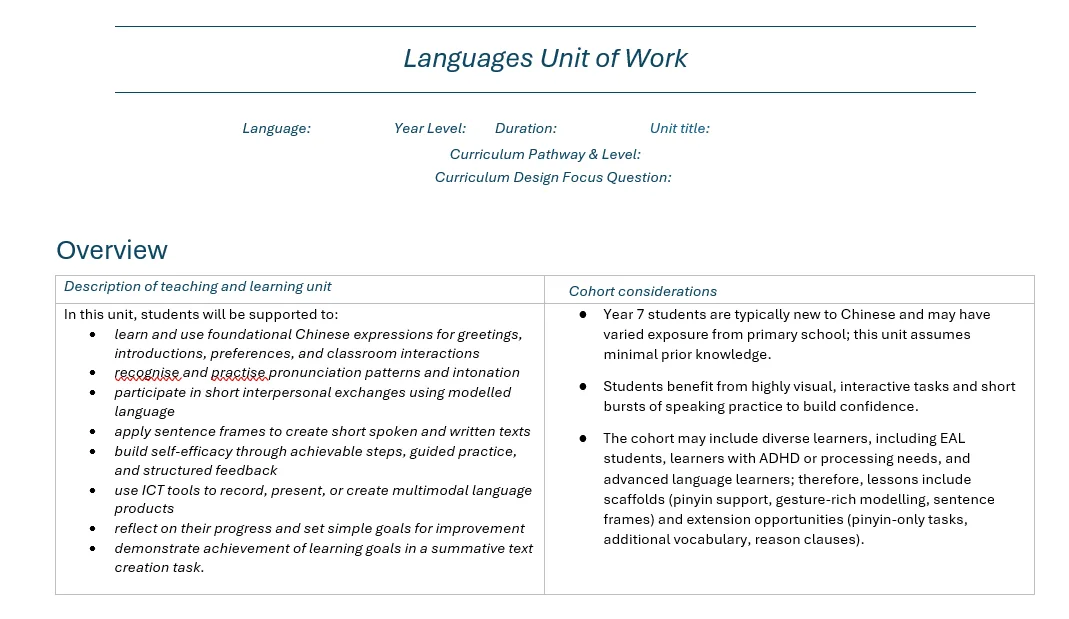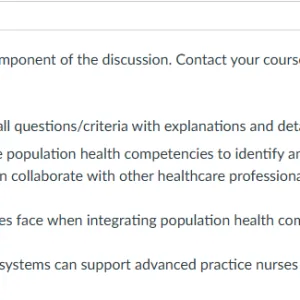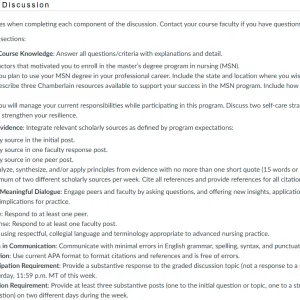EDUC 91137 Learning Area Languages 2 – Assignment 2
Part 1: Designing and developing a mini-unit
The skills required to do this part of the task include being able to:
i. set challenging, worthwhile learning goals with clear success criteria
ii. design, select and/or create activities that scaffold students’ learning to achieve the
learning goals
iii. sequence the learning activities so that students become increasingly more confident and
competent to use the target language
iv. modify resources and learning and assessment activities, where feasible, to make them
accessible to all learners
v. incorporate a variety of resources to enhance student learning and sustain engagement
including ICT
vi. provide scope for learners to use their more advanced target language knowledge and skills
(differentiation)
vii. develop a sound assessment plan that includes (1) how you are going to find out what
students already know or can do related to your unit goals (diagnostic
assessment/activating prior knowledge); (2) how you are going to monitor student learning
as they progress through the learning sequence and obtain feedback on the effectiveness of
your teaching intervention; (3) providing opportunities for learners to build self-confidence
(self-efficacy) through self-evaluation and reflection; (4) a summative assessment task
related to your mini-unit that requires students to demonstrate the specific learning goals
you set.
viii. include links to the relevant sections of the Languages curriculum you are referencing (e.g.
Victorian Curriculum Languages v2.0 or Australian Curriculum Languages v9.0)
You do this by creating an overview planning document which outlines the focus of each lesson,
specifies the learning resources to be used and describes the teaching and learning activities for
each lesson. This section of the assignment will also include a description of the target group of
students, a statement of relevant prior learning, curriculum links and an assessment section (see
vii. above).
You are welcome to use any planning template you wish. One possible exemplar has been
provided here. Dot points, lists and hyperlinks are acceptable. For this part of the assignment you
do not need to count the actual number of words. The whole planning document is the equivalent
of 1800 words and should not exceed five A4 pages. If you wish to include illustrative teaching or
learning materials such as scans of actual materials or worksheets, they should be located in the
appendix and hyperlinked. If you include language games (e.g. Sentence stealer), or particular
learning activities (e.g. jigsaw reading), include a reference or link to a text or website which
explains the activity.
You are welcome to reference materials and activities used in the workshops.
Very familiar games (e.g. Bingo) and learning activities (dictation) do not need explanatory links. It is not necessary to provide translations of all text written in a language other than English but a
gloss (e.g. body parts, dialogue between a tourist and a passerby asking for directions) will be
helpful for the reader, since you should assume they don’t your language.
Part 2: Rationale
In the second part of the assignment you will articulate a sound rationale for the mini-unit and your pedagogic choices. Imagine that the audience is a professional colleague (e.g. the Head of
Department or curriculum leader).
Things you might include in your rationale are:
• an explanation of how your content selection connects with your learners, their needs and
interests – how you will ‘sell’ or frame the unit to you learners.
• how this unit builds on their prior learning
• a justification for the selection and sequencing of the lessons and learning activities
• exemplification of how you are scaffolding learners for successful completion of the
assessment task
• a discussion of how this mini-unit reflects your language teaching approach
• links to relevant professional literature or research
• discussion of how previous teaching experience (e.g. on placement, tutoring) has informed
your pedagogic choices
This part of the assignment has a word limit of 1200 words. It is a personal, professional
statement. You are welcome to use first person but you want to demonstrate to the reader that you
have expertise in this area so an academic register is appropriate. You should make links to at
least 5 references.
Here is an example of the kind of thing we’re looking for. From my observation
of students on placement, they appeared to enjoy working together, therefore I have set a shared
writing task. Joint construction of a text (Derewianka & Jones, 2022) provides an opportunity for
students to collaborate and operate at a metacognitive level by discussing and justifying their
linguistic choices with each other. Collaborative learning and Metacognitive strategies have been
identified as two High Impact Teaching Strategies (Department of Education & Training, 2020) …..
Solution for EDUC 91137





